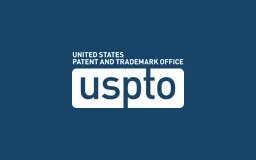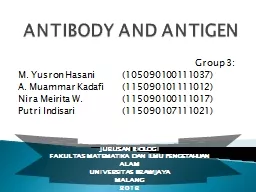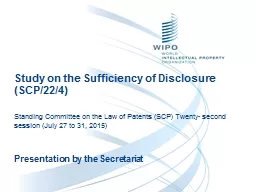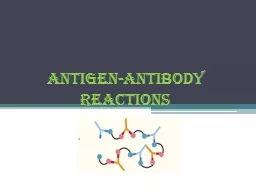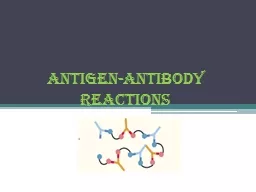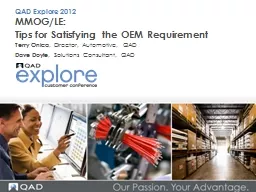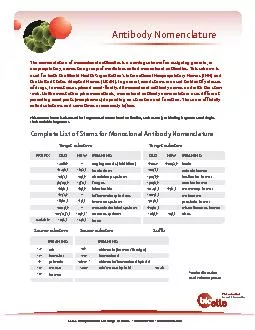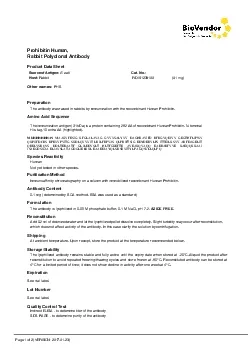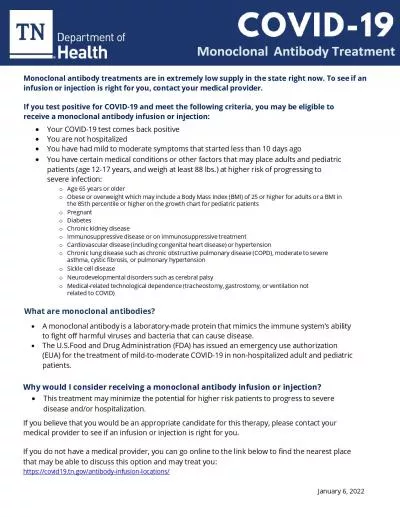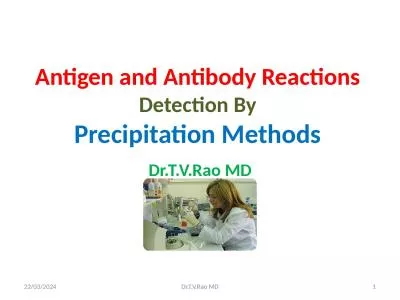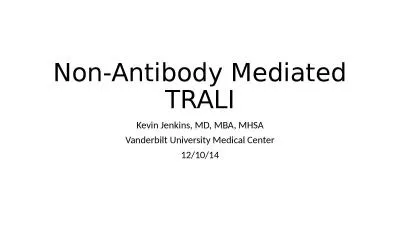PPT-Antibody Decisions and Their Compliance with the Written Description Requirement
Author : ashley | Published Date : 2021-12-09
Workgroup 1640 2015 2 3 Introduction Centocor 3 AbbVie Overview MPEP 2163 WD guidelines for complying with the written description requirement of 35 USC 112a
Presentation Embed Code
Download Presentation
Download Presentation The PPT/PDF document "Antibody Decisions and Their Compliance..." is the property of its rightful owner. Permission is granted to download and print the materials on this website for personal, non-commercial use only, and to display it on your personal computer provided you do not modify the materials and that you retain all copyright notices contained in the materials. By downloading content from our website, you accept the terms of this agreement.
Antibody Decisions and Their Compliance with the Written Description Requirement: Transcript
Download Rules Of Document
"Antibody Decisions and Their Compliance with the Written Description Requirement"The content belongs to its owner. You may download and print it for personal use, without modification, and keep all copyright notices. By downloading, you agree to these terms.
Related Documents

